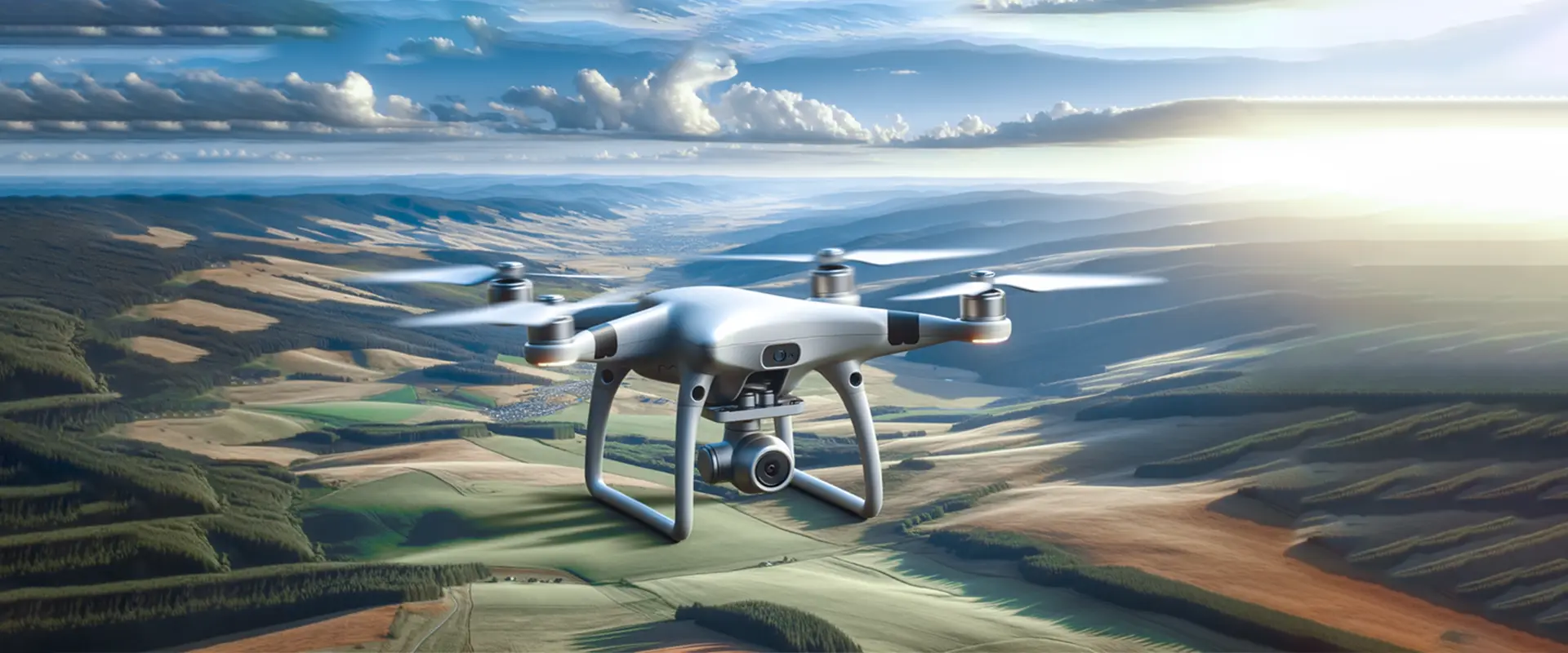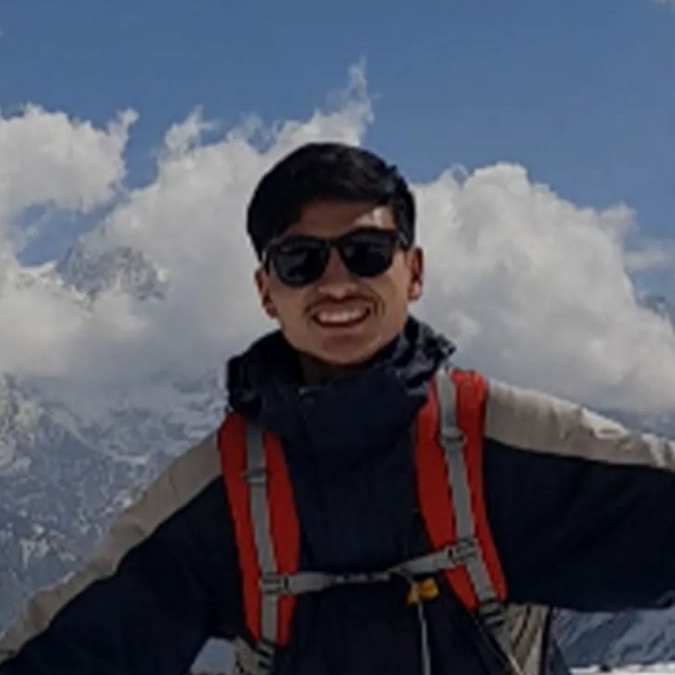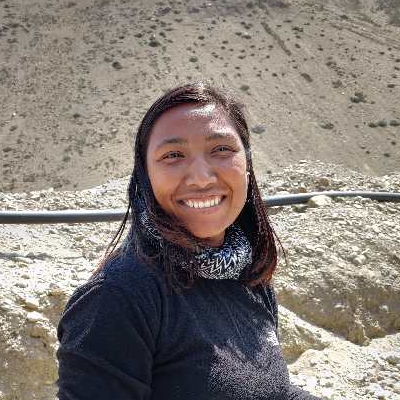Nepal stands as a breathtaking Himalayan country, a haven for enthusiasts of aerial photography and videography. The growing popularity of drone photography has allowed people to capture Nepal's stunning landscapes from a unique perspective, showcasing its diverse terrains—ranging from majestic mountains, alpine meadows, and tropical forests to remote valleys and serene high-altitude lakes.
Engaging in drone flying, however, requires a careful understanding of the legal landscape. Every new location for drone flight in Nepal raises questions about the necessity of a license and the legality of drone usage. The good news is that flying a drone in Nepal is legal, provided specific rules and regulations are adhered to.
This comprehensive guide aims to facilitate a seamless drone flying experience in Nepal. It covers essential aspects such as the classification of drones based on weight and associated risk levels, the process of drone registration and permits, no-fly zones in Nepal, penalties for rule breaches, and additional requirements for foreign travelers.
Classification of Drones
Drones are categorized based on their maximum take-off weight into four groups—A, B, C, and D—each associated with a specific risk level.
- Category A: Less than 250gm (Very Low-Risk)
- Category B: 250gm to 2kg (Low-Risk)
- Category C: 2kg to 25kg (Regulated Low-Risk)
- Category D: More than 25kg (Regulated High-Risk)
Drone Registration and Permit in Nepal
Obtaining a permit is mandatory for operating a drone flight in Nepal. Different government offices, including the Department of Tourism, Ministry of Home Affairs, Civil Aviation Authority of Nepal (CAAN), and Department of National Parks and Wildlife Conservation, play roles in this process.
While drones weighing less than 2kg don't need a permit from CAAN, they still require permission from other authorities if flying on private property under 200ft. Essential documents for obtaining a Drone Certificate of Registration and Permit include citizenship or passport copies, drone manual and specifications, drone visuals, customs clearance certificate, flight details, VAT Bill (if purchased in Nepal), and Custom Clearance Certificate (if imported).
Obtaining a Drone Permit
The process involves taking a permission letter from the municipality of the desired operating area, submitting it to the Chief District Officer (CDO) for a recommendation letter, obtaining a security clearance letter from the local police headquarters, and finally submitting all documents to CAAN. The drone permit is typically valid for three months.
Restricted Areas (No-fly Zone) in Nepal
The Ministry of Home Affairs has identified specific no-fly zones in Nepal for drone flights. These include airspace along the air route and a five-kilometer radius around airports, international borders within a five-kilometer horizontal distance, durbar square areas of Kathmandu, Patan, and Bhaktapur, and certain world heritage sites.
General Laws for Flying a Drone in Nepal
Various rules govern drone flights in Nepal, emphasizing responsible operation. These include maintaining line-of-sight, flying within specified altitudes and distances, and respecting privacy. Institutions like universities can operate drones under 2kg within 200 meters of their property without permission but must inform the local police.
Additional Requirements for Foreign Travelers
Foreign travelers must adhere to the same essential documents for drone permits. Additionally, they need authorization letters from various authorities, including the Home Ministry, Ministry of Tourism, Ministry of Foreign Affairs, and others. For trekking regions like Everest, Annapurna, Langtang, and Manaslu, a drone flying permit from the Department of National Park and Wildlife Conservation is required.
Consequences of Rule Breaches
Violating drone flying rules can result in fines ranging from Nrs. 2000-5000, depending on the severity of the breach. Penalties may also include custody, seizure of the drone, and vary based on the purpose of the flight.
Handy Tips for Flying a Drone in Nepal
- Obtain permits from government officials.
- Avoid flying over crowded areas.
- Respect others' privacy during drone operations.
- Fly drones during daylight and good weather conditions.
- Be cautious of fragile air in high-altitude regions.
- Do not fly carelessly or recklessly to ensure safety.
- Abide by local rules and avoid using drones for harmful purposes.
In conclusion, Nepal offers a picturesque canvas for drone enthusiasts, and capturing the Himalayas from above can be a rewarding experience. While navigating the drone regulations in Nepal might seem daunting, seeking assistance from reputable local travel agencies, such as Master Himalaya, can simplify and expedite the process. For more detailed information, you can reach out to them or check the Civil Aviation Authority's website.








